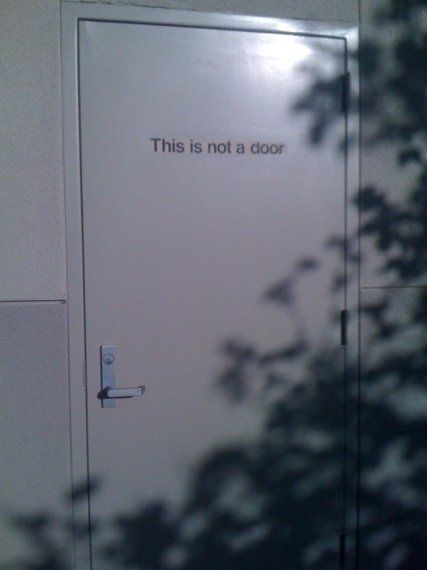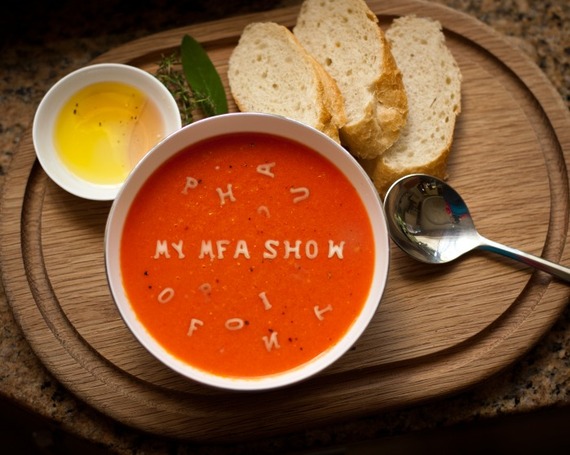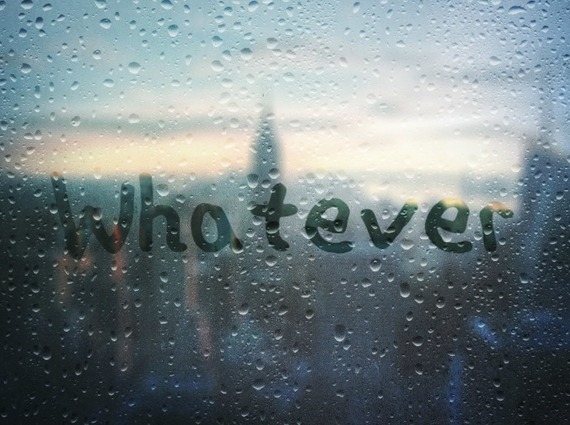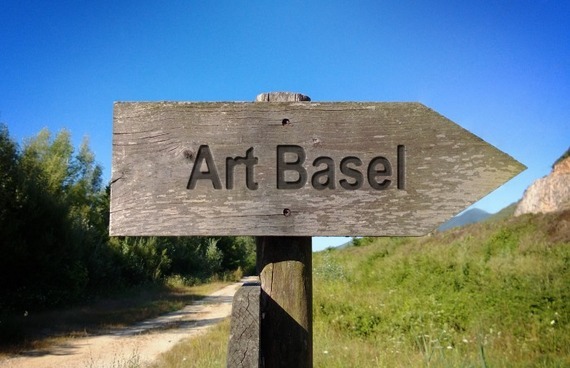Judy Baca recognizes that collective mural making can bring communities together 'in the soil and spirit of the people,' dignifying public memory. Baca is an artist, educator, UCLA Professor of Chicano/a Studies, and leader of the Social and Public Art Resource Center (SPARC) Digital Mural Lab. Debra Padilla has been SPARC's Executive Director since 1993.
SPARC resides in the old Venice police station and jail. Today the old jail houses the mural lab, a comprehensive archive, a UCLA graduate program, and a gallery. SPARC's most storied accomplishment is the Great Wall of Los Angeles, a half-mile long mural telling the history of Los Angeles through the eyes of people left out of history books. The mural runs along the LA River's concrete channel at the Tujunga Wash. From 1974-1975, Baca organized, hired, and trained teams of at-risk youth, many of them gang members and part of the justice system, to execute this story at a time when there were no Hispanic members on the City Council or the School Board. Today, Baca and Padilla work non-stop. Judy and Debra sat down with us at SPARC to share their stories. Part One is our interview with Judy Baca. In Part Two we interview Debra Padilla.
![2014-06-05-judyinfrontofGW.jpg]() "I can't remember when art wasn't important... arts are an entryway."
"I can't remember when art wasn't important... arts are an entryway."
What is the importance of art, especially for children?
I can't remember when art wasn't important. I've told the story about not speaking English, and a great teacher put me in the corner and let me paint. She figured out a way to go directly into my intelligence and make me feel as though I was not totally left out. Then I could talk about my paintings. Arts are a magnificent way to deal with multilingual people. Arts are an entryway.
What was one of your early experiences of success as an artist?
People used to carry those blue cloth binders in high school. They were perfect for drawing on with sharp Bic pens. You could make perfect gradated lines - this was pre-tattooing. My friends wanted me to draw 'dreamboats' for them. I first became famous for dreamboat drawings on binders. People would one-up each other. I became well known for these portraits of men who came out of my head. I started doing girls too, and I made those girls a little more powerful.
What was one of your early art pieces?
In my first exhibition in 1974, "Las Venas de la Mujeras," I transformed myself into my cousin from south central. I shaved off my eyebrows, and became her. I ratted my hair and turned myself into a Pachuca. I was looking at the roles of women as defined in the Chicana community, where women can be the whore, the virgin, the tres Marias. I made a triptych, took away the central image, and put in a mirror, so the central image would be a regular woman, one of the viewers. I wanted to show how these facades create power and agency for women to stand against the narrow ideas of us as baby-making machines.
I was expanding the role of women in my own thoughts. I wanted to break all the rules. Women don't build in massive scale, women don't build monuments or make public art. Women play with dollhouses; they don't make architectural statements, they don't build Disney Hall. There is no financial backing for women to develop the agency of a Frank Gehry. Women will never have that power in my lifetime.
![2014-06-05-sparcgoldenpeoples_web7.jpg]()
"For me, art could go where my family went, in neighborhoods where museums are as foreign as the moon."
Can you tell us about how you see the role of art in the community?
I'm interested in stepping outside the traditional role of arts, the creation of beautiful paintings bought by wealthy people to decorate their homes. People with expendable wealth could acquire art and determine who could see it. For me, art could go where my family went, in neighborhoods where museums are as foreign as the moon, so that working and poor people who had a great appreciation of beauty could see the murals and live with them.
I was fighting a whole series of stereotypes. Where was I not fighting? Where did I have any space? I had to invent my own institution, SPARC, for support. I struggle with the role of professor. I still struggle, it's not like it's a done deal. I see my women doctoral candidates struggling with the idea that they could be scholars and artists. Dozens of people have written doctorates on my work, and there is no PhD for the person who invented it.
You have mentored so many young people. Who was a mentor for you?
Gilbert Roland, the actor. He was one of the first to break the notions of who a Mexican actor was. He was a silent movie star and was in the original talkies. He was the original Cisco Kid, a vaquero. He created the character of the gentleman who was a beautiful Latin lover, with a shot of whiskey and a rose in a vase on the bar. He would smell the rose before throwing back the whiskey. He had both tenderness and strength. Women's leadership can be both vulnerable and strong, that's the trick.
What were some of the challenges of working on the Great Wall?
The engineers could release water onto us, even though they knew we were working inside the channel, or we could die of sunstroke. It got to be170 degrees in that space in the concrete channel.
Initially when I started the Great Wall, I visited schools and detention centers, recruiting people who could benefit from the project. My mother was director of employment offices in Pacoima, and she opened her office to me. I used juvenile justice money to pay the workers. Later I had money from families, from the Jewish community, so kids who were from the middle classes could join us. I didn't want them to miss out. We became an integrated group by virtue of the public helping me. I will hire anyone who has the will and the capacity and will put down a knife for brushes!
![2014-06-05-04_1940_Great_Wall_Restoredcopy.jpg]() " I will hire anyone who has the will and the capacity and will put down a knife for brushes!"
" I will hire anyone who has the will and the capacity and will put down a knife for brushes!"
The deal was, no violence. We had to enforce this; it was always a negotiation. The kids had to find other ways to express conflict. We were going across great racial and historic divisions. I understood these divisions; I grew up there. I was born in Watts and grew up in Pacoima. Every summer I would lose one or two kids the first week, and then nobody else would be fired when it was clear I meant business. If there were problems, we'd let the kids know, "We love you, we don't love what you're doing." We made distinctions between them and their behavior. We had discipline within a permissive environment. Our kids could learn complicated concepts and take people on guided tours. People would tell us, "I don't get it; you have the most permissive environment, girls act like boys, boys act like girls, they crawl over each other, they play raucous games, they swear at each other." We didn't care what the kids said - "You're stupid." "I like your shirt." - as long as they were not calling each other racial names, or hitting. It worked across gang territories, race, and economics because they had a bigger goal outside of themselves. They bought into being part of the idea, the rewriting of American history to include their families and stories, those not taught in history books. This was valiant, heroic work.
Once part of process, what's the best way to keep young people involved?
It doesn't matter if it's art or digging a ditch, building an airplane or making a sculpture, what matters is that it's a creative, innovative act. That the hands of the group have more power joined together. What really matters is the collaboration and skills young people develop figuring out how to get it done. I had kids who couldn't read or use a ruler, and I'd give them blueprints and say, "Get that up there." And they didn't want to admit they didn't know what a quarter or half inch was. One kid with a long sleeved shirt had hidden the marks of the ruler on his arm, half-inch, quarter-inch, and he could translate the scale, half an inch equals six inches on the wall, so his team wouldn't get behind. They were embarrassed when they didn't know stuff, but guys would say, "I can set up the scaffold," "I can drive the truck. " One kid's mother asked me to take him. He was educationally handicapped, and didn't know the names of colors. I didn't know what I could do with him, but his mother cried when she saw that he could be the water boy. He brought water to everyone because the kids kept passing out from the heat. He made sure people drank every thirty minutes, and everybody loved him because he became the caretaker. He won the spirit award; he was the angel of the wall. Everybody can do something. Some of the young people found in the arts a place to live, but I wasn't intending to make them artists, I wanted to make them citizens, part of the world they lived in.
How did this experience inform you as an artist?
This question goes back to my original story. I was trained as a minimal and gestural painter, in color theory, color optics, that's what was popular in the universities. And then I walked into a moment in history when the civil rights movement was in full effect. The Chicano Moratorium against the Viet Nam war, Cesar Chavez, Belvedere Park, I was there. I was in Cal State Northridge when students occupied the administration building. I thought, "Okay, I am perfectly suited to do nothing about any of these issues, I am a color field painter, what good am I?" On the night of my graduation, my grandmother said sweetly in Spanish, "What is it good for, what does it do?" Everything in her life had reason and meaning, even the little plants growing by the water fountain in her yard in South Central were used for healing. She could turn a stick in a coffee can into a beautiful thing, and I thought to myself, "I've got to learn what this is for." I began to systematically unlearn and move away from elitist system of arts.
I realized that arts lived in all people. More primitive cultures have a culture of gifts, so the gift grows as it's given. In the potlatch of the Northwest, the tribal chief who gives you the goats expects you to have a big feast. In our culture, the gift giving culture meets capitalist culture, the culture of acquisition, where we value what men acquire instead of what they give away. In old cultures, those who gave the most were the most regarded. I began to see that if art were given away, it would grow. I began to answer my grandmother's questions one by one, and began to change the way I made art. The scale had to be big enough to include others. I had to think about we as opposed to me, the creation of family versus the agency of the individual. As I started to do that, I began to see I was very good at that.
![2014-06-06-Judypainting.JPG]() "This was valiant, heroic work."
"This was valiant, heroic work."
How do murals help heal communities?
I came from a very big family. At a wedding, if I say I have to go to bathroom, ten women will get up with me and we'll go together. I was raised like that. You don't have to be alone, nor starving in some garret. Those nineteenth century notions of the artist don t make any sense for our world. What we need more now is to make art that is about connection. Mural painting is a perfect form, the oldest form, we know those cave guys were marking those walls for magic. Those guys were shamans who recorded history. I haven't traveled far from these ideas, that particular role, or consciousness, so that you can elevate your worries about global warming into a song that will move the souls of everybody in the room. This is a different and bigger role than the western European visions of art. This vision goes back to the ancient American. I like to say mural painting is a form made in connectedness, connected to architecture, to the river, where we made our first huge mistake in the city. We concreted the artery, and my job was to begin healing the river and the people. We are connected to that river, we are connected to living things, the whole planet, the Gaia, the large philosophical point of view, the creation of another idea of what can be.
Do you have any advice for young people?
To dream big, to not hold back these dreams. Imagine yourself in places you never have been, to have a bigger idea, to not be afraid to make mistakes. If you make mistakes, make passionate mistakes. Move through narrow visions of who you will be. Have a dream bigger than your families.
How has the city changed over the decades?
In the 70's we were so engaged - that's a hard one for me, to try not to discount the losses, to see what is hopeful. I feel a lot of times that we've lost leadership. There's no Cesar Chavez or Robert Kennedy. We've lost the great inspiring role models that gave us ideas about a bigger self. We started to value the celebrity, the person who got his. Television is continually about advancing the renovation of your house, about objects and material. Where do we learn the bigger values, a shared sense of community and activities? We repeatedly reduce the commons, the spaces where we meet across race and class and difference. I'm very concerned about loss of the commons. People need more and more to remember the nature of human beings. We are social beings. As humans we are tribal, we need to be in community, we thrive in that situation with one another and grow by virtue with that.
One legacy of muralism is to make the point that we are losing the public commons. We should recognize we need them and fight for them. Parks and schools can be commons. Spaces and arts should not be privatized. Arts should be public - the Great Wall is a total gift to the public. I lived around the corner and studied it every day as I walked by. Now I really understand that it changed my life. I knew it would change our lives because we were learning lots of things about ourselves. I had no idea I was tapping into something so big. I became a person proud of myself and who I am, no longer ashamed of any part of myself.
Photos courtesy of SPARC.
To learn more about SPARC's programming, visit http://sparcinla.org/























































